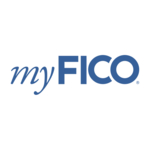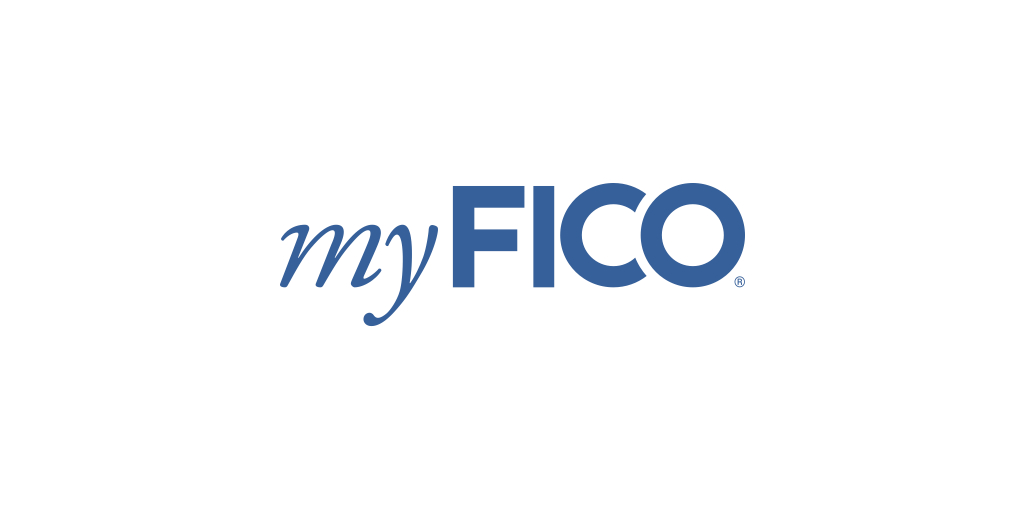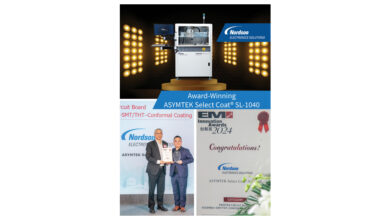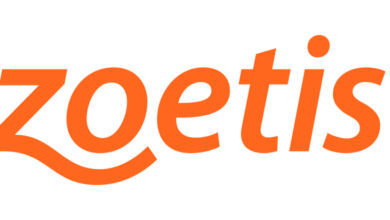myFICO: ABLE Accounts Offer Tax Benefits (and More) to People With Disabilities

SAN JOSE, Calif.–(BUSINESS WIRE)–If you or someone you know has a disability, you want to learn about ABLE accounts. These tax-advantaged savings and investment accounts were created specifically for people with disabilities. And in addition to offering tax benefits, ABLE accounts allow account holders to build wealth and financial security without losing access to means-tested benefits, such as Supplemental Security Income (SSI) and Medicaid. Here’s what to know about ABLE account, from myFICO.
For more credit education, visit myFICO’s blog at https://www.myfico.com/credit-education/blog
What Is an ABLE Account?
ABLE Accounts are savings and investment accounts for people with disabilities.
The Achieving a Better Life Experience (ABLE) Act of 2014 created ABLE accounts, which are a type of 529A plan, similar to 529 college savings plans. Each eligible person — the account owner, or beneficiary — can have one ABLE account. But anyone can contribute to the account on the beneficiary’s behalf.
These accounts can be helpful for people with disabilities who want to accumulate savings without losing access to means-tested benefits (public benefits that depend, in part, on someone’s income or resources). And they can be helpful for parents, family members and friends who want to support a loved one with a disability.
6 ABLE Account Advantages
ABLE accounts offer several significant benefits you won’t receive with other savings, investment and tax-advantaged accounts.
- The first $100,000 in the account won’t affect SSI eligibility: Generally, SSI beneficiaries won’t be eligible for the benefit once they have more than $2,000 (or $3,000 for married couples) in countable assets. However, the first $100,000 in an ABLE account doesn’t count toward the beneficiary’s assets.
- Higher account balances also won’t limit other benefits: ABLE account contributions and balances also won’t affect the beneficiary’s eligibility for other benefits, such as housing assistance, SNAP and Medicaid. The maximum account limit depends on the ABLE program you choose and could be over $500,000.
- Contribute at least $18,000 in 2024: Anyone can contribute to an ABLE account, but the total annual contribution limit for an ABLE account is based on the IRS’s annual gift tax exclusion amount, which increased to $18,000 in 2024. ABLE account owners who work and don’t contribute to an employer-sponsored retirement plan may be able to contribute additional money to their account each year.
- Tax benefits for contributions: Although contributions to ABLE accounts aren’t tax deductible on the federal level, they might qualify for state tax credits or deductions. The beneficiary also may be able to claim the Saver’s Credit for contributions to their plan.
- Tax-free wealth building: You can earn interest on your savings and invest the money in an ABLE account. Similar to other types of tax-advantaged accounts, such as retirement accounts, the money in the account can grow tax-free.
- Tax-free withdrawals: Withdrawals from ABLE accounts are also tax-free and don’t count as income if the beneficiary uses the money for a qualified disability expense (QDE). These can include a wide range of expenses that are related to living with a disability, including housing, food, education, transportation and health care. Non-qualified withdrawals may count as income and be subject to a 10% penalty.
How to Qualify for an ABLE Account
The beneficiary must meet two criteria to qualify for an ABLE account:
- The age of onset for the disability was before 26: Although the recipient can be any age, the age of onset for their disability must be younger than 26. However, starting in 2026, the minimum age of onset will increase to 45 — a change that will make approximately six million people newly eligible for ABLE accounts.
- And receive SSI or SSDI benefits: If the person also receives SSI or Social Security Disability Insurance (SSDI) benefits, they are eligible for an ABLE account.
- Or, self-certify eligibility: If the beneficiary doesn’t receive SSI or SSDI, they may still qualify if they are blind or have severe functional limitations (based on the Social Security Administration’s definition) and have a written and signed diagnosis from a licensed and eligible healthcare professional.
How to Open an ABLE Account
ABLE accounts are part of state-sponsored programs, and states often create websites where you can enroll and manage the account.
You don’t have to open an account with your state’s program — some states make their program available to non-residents, and a few states don’t have ABLE accounts. However, your contributions might qualify you for a state income tax deduction if you use your state’s program. You also may be able to transfer accounts between state programs, but beneficiaries can only have one ABLE account at a time.
The ABLE National Resource Center, which was founded by the National Disability Institute (NDI) in 2015, has a state comparison tool that you can use to get a side-by-side comparison of programs from up to three states. In addition to the potential tax implications, review the states’ different investment options, fees, and features.
About myFICO
Get your FICO® Score from the people that make the FICO Scores, for free. Plus, free Equifax credit monitoring and a free Equifax credit report every month. No credit card required. For more information, visit https://www.myfico.com/products/fico-free-plan-a
Contacts
Elizabeth Warren
[email protected]






